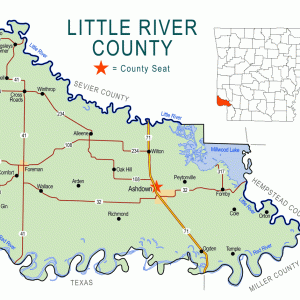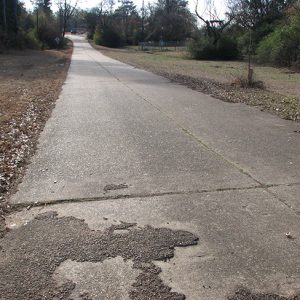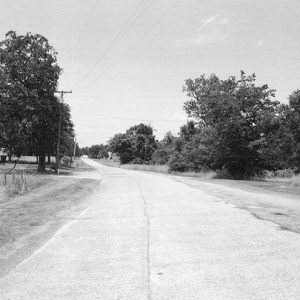calsfoundation@cals.org
Ogden (Little River County)
| Latitude and Longitude: | 33º34’57″N 094º02’34″W |
| Elevation: | 315 feet |
| Area: | 0.38 square miles (2020 Census) |
| Population: | 131 (2020 Census) |
| Incorporation Date: | April 10, 1920 |
Historical Population as per the U.S. Census:
|
1810 |
1820 |
1830 |
1840 |
1850 |
1860 |
1870 |
1880 |
1890 |
1900 |
|
– |
– |
– |
– |
– |
– |
– |
– |
– |
– |
|
1910 |
1920 |
1930 |
1940 |
1950 |
1960 |
1970 |
1980 |
1990 |
2000 |
|
397 |
– |
305 |
225 |
296 |
282 |
286 |
334 |
264 |
214 |
|
2010 |
2020 |
|
|
|
|
|
|
|
|
|
180 |
131 |
|
|
|
|
|
|
|
|
The city of Ogden is on the highway that connects Fort Smith (Sebastian County) to Texarkana (Miller County). Now a quiet residential community, Ogden was once an agricultural center for the surrounding cotton farms.
Settlers first began arriving in the Red River valley around 1838. John Nunneley was the first landowner in what now is Ogden; he owned many acres of land and several slaves. Other settlers before the Civil War included Paul Bagley and Christopher Waddell.
M. W. Bates arrived around 1878 and named the settlement Ogden, which was the maiden name of his second wife. Bates, who served as Little River County judge from 1884 to 1888, owned the first cotton gin, the first sawmill, and the first store built in the community. His son-in-law, R. L. Bright, was the first doctor in Ogden. A school with seven students was established in the Methodist church, which was organized in 1892. A post office had opened in Ogden the previous year.
Construction of the Texas and Fort Smith Railroad from Paraclifta (Sevier County) to Fort Smith brought additional settlers into the area. More significant for the history of Ogden, however, was highway construction. In 1915, the Arkansas General Assembly passed the Alexander Road Improvement Act, and Ogden was one of the first communities in the state to benefit. According to the Third Biennial Reportof the Department of State Lands, Highways, and Improvements, “The first permanent road built under the Alexander law was the road [from] Ashdown to Ogden and Richmond in Little River County. It is about 15 miles long and cost about $60,000.”
This road would eventually become U.S. Highway 71. Increased traffic meant increased business, and Ogden grew large enough to seek incorporation in 1920. Meanwhile, the city had already been growing in other ways. A Baptist congregation was formed in 1914, although it did not build a church until 1920. A brick schoolhouse was erected in 1915. The Methodist church was leveled by a storm in 1919. The congregation met in the school until a new building was completed, which did not happen until 1945. Improved transportation led to other changes that were not beneficial to the city. High school students were bussed from Ogden to Ashdown (Little River County) as early as 1927, and the school district was consolidated with Ashdown in 1947. The elementary school in Ogden continued to be used by the consolidated district until the building burned down in 1963.
The highway through Ogden was paved in 1940. It continued to endure heavy use for the next thirty years, until a bypass to the east of the city was created around 1970. The old highway through town continues to be used for local traffic in the twenty-first century. In 2013, the road was added to the National Register of Historic Places as a well-preserved stretch of concrete highway built in the 1940s.
As of 2013, Ogden is home to two Baptist churches. No stores or businesses are located in the city, whose citizens find easy access to shopping in Ashdown or Texarkana. Palmetto Flats Wildlife Management Area is located a few miles west of Ogden.
For additional information:
Beasley, Bill. Little River County. Ashdown, AR: Little River County Historical Society, 1975.
“Old U.S. 71, Ogden Segment.” National Register of Historic Places nomination form. On file at Arkansas Historic Preservation Program, Little Rock, Arkansas. Online at http://www.arkansaspreservation.com/National-Register-Listings/PDF/LR0135.nr.pdf (accessed October 28, 2021).
Steven Teske
Butler Center for Arkansas Studies
 Little River County Map
Little River County Map  Old U.S. 71
Old U.S. 71  Old U.S. Highway 71—Ogden
Old U.S. Highway 71—Ogden 




Comments
No comments on this entry yet.